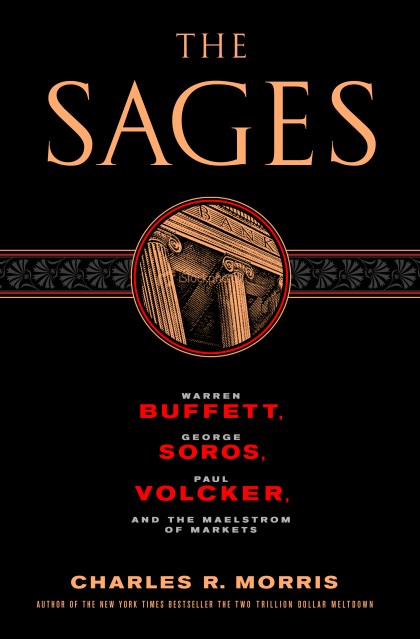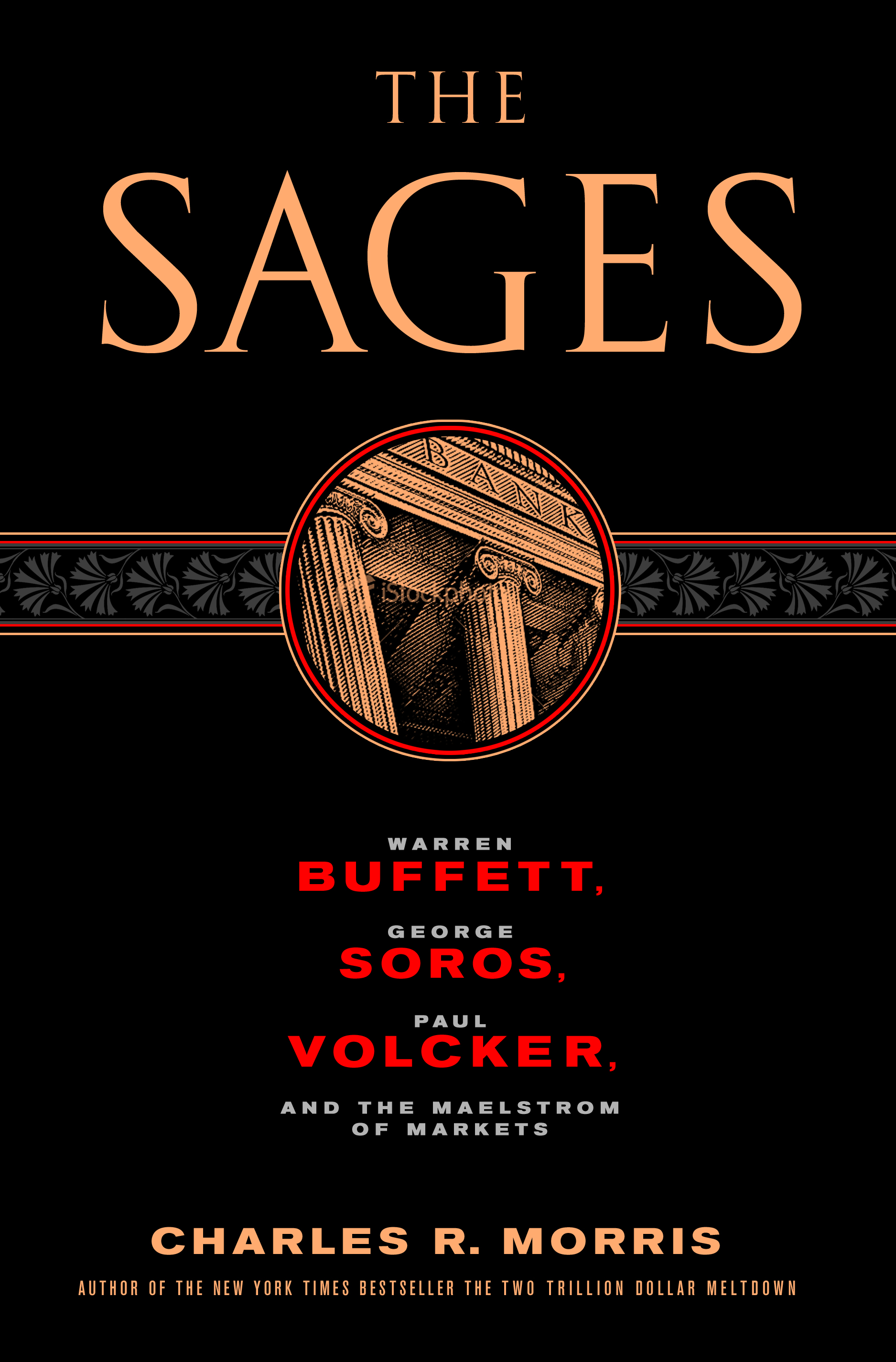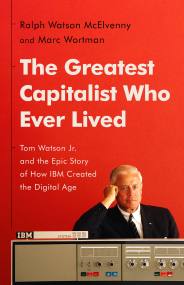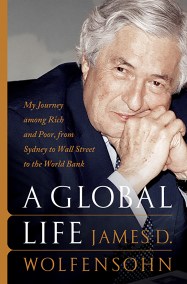Promotion
Use code BEST25 for 25% off storewide. Make sure to order by 11:59am, 12/12 for holiday delivery!
By clicking “Accept,” you agree to the use of cookies and similar technologies on your device as set forth in our Cookie Policy and our Privacy Policy. Please note that certain cookies are essential for this website to function properly and do not require user consent to be deployed.
The Sages
Warren Buffett, George Soros, Paul Volcker, and the Maelstrom of Markets
Contributors
Formats and Prices
- On Sale
- Jun 9, 2009
- Page Count
- 224 pages
- Publisher
- PublicAffairs
- ISBN-13
- 9780786747412
Price
$10.99Price
$13.99 CADFormat
Format:
- ebook $10.99 $13.99 CAD
- Trade Paperback $19.99 $25.99 CAD
This item is a preorder. Your payment method will be charged immediately, and the product is expected to ship on or around June 9, 2009. This date is subject to change due to shipping delays beyond our control.
Buy from Other Retailers:
All three men have more than fifty years of deep involvement in markets. All are skeptical of Wall Street frenzies. They believe that markets tend to be right, but usually only over the medium term. They have seen too many cycles of herd-driven, emotion-riding booms and busts to make their views hostage to the sweeping and simplistic assumptions of “efficient-markets” models.
With the benefit of his own deep understanding of markets and finance, Morris brilliantly analyzes the records of these men, distilling their wisdom and experience — and argues for the importance of consistent values in navigating the treacherous terrain of today’s globalized world.
-
Library Journal
“Morris’s succinct but insightful biographies and his provocative criticisms make this an informative and recommended choice for most general readers.”
BookPage
“A short, insightful biography of each of these eminently successful men.…. A very timely book with a compelling message for us all.”Paul Krugman, New York Times Book Review
"The Sages comes to life with its personal profiles, especially the surprisingly endearing portrait of Warren Buffett as a young man.”
Risk Professional
“Morris looks at…three of the biggest names in finance and the qualities that enabled them to maintain a clear-eyed perspective even as markets hurtled out of control.”
Newsletter Signup
By clicking ‘Sign Up,’ I acknowledge that I have read and agree to Hachette Book Group’s Privacy Policy and Terms of Use







